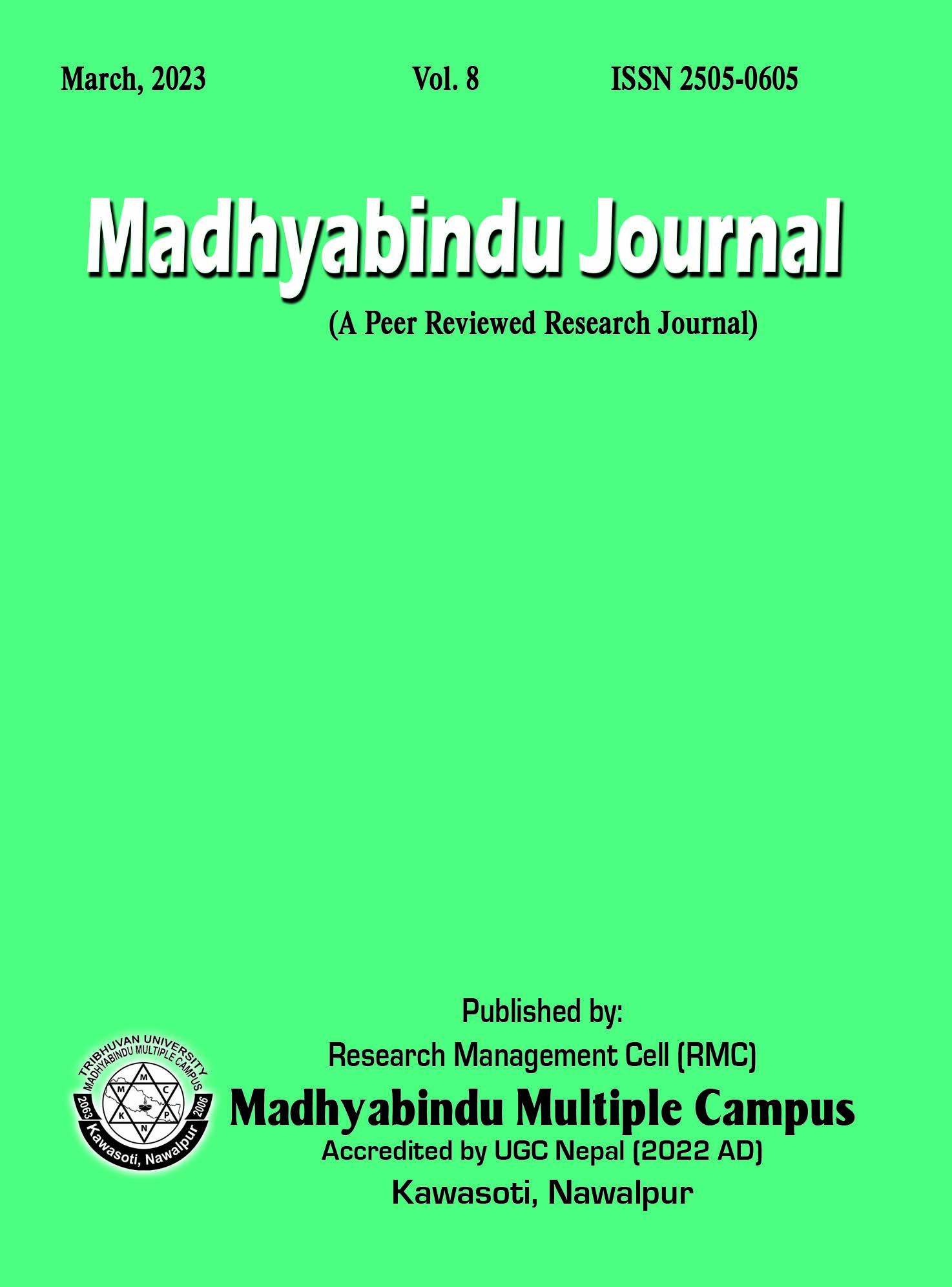Policy and Practices of Initial Public Offering Share Pricing in Nepal
DOI:
https://doi.org/10.3126/madhyabindu.v8i1.56888Keywords:
policy reviews, policy amendment, fixed price, book building, IPOsAbstract
This paper aimed at swotting policies and practices of initial public offering share pricing in Nepal. The paper employed the data from both primary and secondary sources like policy documents issued by SEBON related to the pricing of IPO shares and opinion surveys with the market participants about whether existing pricing policies are appropriate to adopt new pricing of IPO like book building. Data has been analyzed using descriptive statistics. Review of various policy documents like Companies Act 2006, Securities Act 2006, and Securities Registration and Issue Regulation 2016 revealed that IPO pricing prevailing in Nepal are related to the fixed price public offer mechanism. Issuance of IPO shares in premium is occasionally found in practice while there is a restriction of IPO of shares at discount under fixed-price public offer. There is high initial returns or deeper underpricing of IPOs under fixed-price public offer. The provision of free pricing like auction pricing of IPO shares is not found in the regulations. In this regard, market participants opined that the existing regulatory provisions are insufficient and supposed to not appropriate for launching the book building pricing method of IPO share in Nepal. In later period, it is found that SEBON initiated amendment of Securities Registration and Issue Regulation 2016 with provisions of book building pricing on February 13, 2020, and also brought about Book Building Directives 2020, aiming to implement book building pricing of IPOs. However, no companies are yet to go public through book-building pricing so far.
Downloads
Downloads
Published
How to Cite
Issue
Section
License
© Madhyabindu Journal
The work is simultaneously licensed under a policy and procedure of Madhyabindu Journal, which permits others to distribute the work with an acknowledgement of the work's authorship and initial publication in this journal. With an acknowledgement of its original publication in this journal, authors can enter into separate, extra contractual arrangements for the non-exclusive dissemination of the journal's published version of the work (e.g., posting it to an institutional repository or publishing it in a book).




